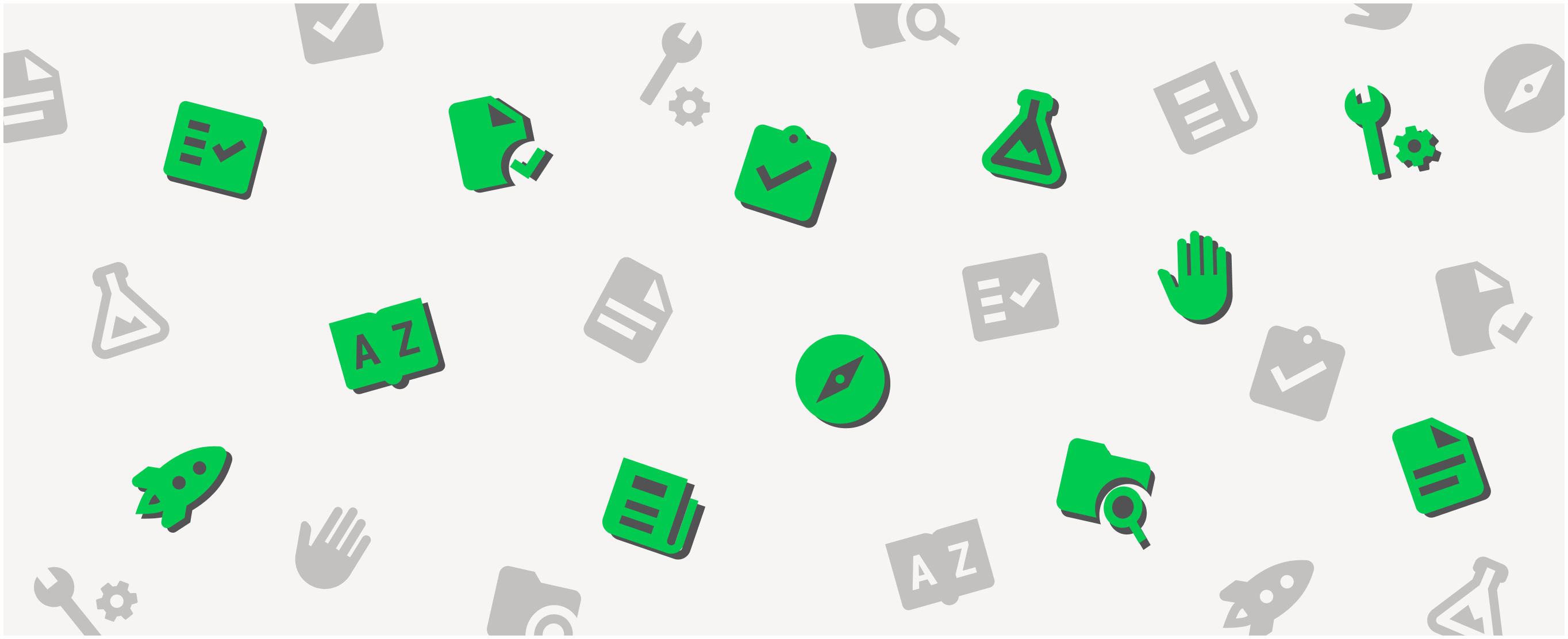Variety is the spice of classroom life!

Should I use Stile for every lesson?
Teachers often ask “Should I use Stile for every lesson? Surely students will tire of doing the same thing in every science class!” Of course, doing the same thing in every lesson would be boring. That’s why we intentionally craft each Stile unit to provide variety and give students opportunities to read, research, observe, test, calculate, analyse and explore.
Stile offers a complete science programme that explores scientific ideas through explicit teaching, collaborative learning, independent work, practical activities, engineering challenges and assessments. When designing a unit, we deeply consider every student's learning experience and provide a wide range of learning opportunities for a diverse audience.
The importance of variety
Research demonstrates that students’ recall is enhanced when they have repeated interactions with information that are spaced out over time (Murre & Dros, 2015). Stile facilitates this technique, known as spaced repetition, by revisiting key concepts regularly throughout a unit using different lesson types. When students use the Stile X app or booklet to engage with these concepts after they are initially taught, this technique is even more powerful. For example, they can revisit an idea by watching the 60-second videos, using the flash cards or completing the flash quizzes in the Stile X app. Completing the revision notes for a lesson after class or during the next lesson is another way to incorporate spaced repetition.
Multiple exposures is a strategy that gives students several opportunities to engage with new information (Nuthall, 2000). Rather than simple repetition or drill work, it requires a carefully planned approach that encourages deeper learning. By introducing students to information in a classroom lesson, then allowing them to explore it further in a practical activity and revisit it again through a collaborative engineering challenge or research project, Stile’s unit structure supports a long-lasting understanding of scientific concepts. This is further enhanced when students watch the 60-second videos in the Stile X app or work in their Stile X booklets to consolidate learning.
Lesson types in Stile
The range of learning opportunities available in Stile is now easily visible with our new lesson-type icons. We're in the process of adding icons to our entire collection to help you recognise the contents of each lesson at a glance.
Lessons will be grouped into categories based on the characteristics described below.
| Icon | Lesson type | Description |
|---|---|---|
| Pre-test | A diagnostic test to assess students’ prior knowledge | |
| Classroom lessons | A lesson designed to be completed during a class session. No materials are required |
|
| Breaking news | A short, timely, recent news article designed to promote scientific literacy |
|
| Check-in | A formative assessment designed to check students’ understanding at key points during a unit |
|
| Practical activity | A practical task where students use lab equipment and follow a simple method to engage with phenomena. A risk assessment is required |
|
| Open-ended investigation | A practical task where students use lab equipment to conduct an investigation and explore phenomena. A risk assessment is required |
|
| Hands-on activity | A task where students engage with phenomena using physical materials away from their devices. No risk assessment is required |
|
| Engineering challenge | Students use the engineering design process to design a solution to a problem. A risk assessment is usually required |
|
| Research project | A project where students research a topic or question | |
| Extension lesson | A lesson that goes beyond the curriculum requirements for the unit |
|
| Glossary | A table of the unit’s key terms with definitions and images |
|
| Test | A summative assessment to measure students’ understanding of the unit |
Icons will appear beside the lesson's name when viewing the contents of a unit’s folder in your Stile subject. In a lesson, you’ll see the lesson type icon beneath the lesson title.
Putting it into practice
With such variety within a unit, every science lesson can be a Stile lesson!
Imagine you’re about to start a new unit: Active Earth. The comprehensive Teaching Plan shows the wide range of lesson types lined up to keep your students engaged and maximise their learning.
Within the teaching plan, a weekly lesson planning guide breaks down the preparation and teaching process in an easy-to-follow template. You’ll even see exactly where you can incorporate Stile X both in class and at home.
So, what do you think? Should you use Stile for every lesson?
Let me know at alexandra.russell@stileeducation.com
References
- Murre, JMJ & Dros J (2015) Replication and Analysis of Ebbinghaus' Forgetting Curve. PLoS ONE 10(7): e0120644
- Nuthall, G. (2000). The role of memory in the acquisition and retention of knowledge in science and social studies units. Cognition and Instruction, 18(1), 83–139. https://doi.org/10.1207/S1532690XCI1801_04

